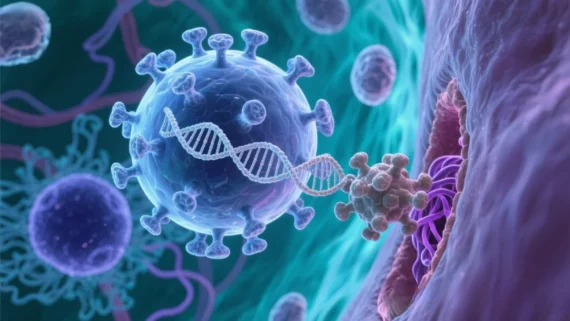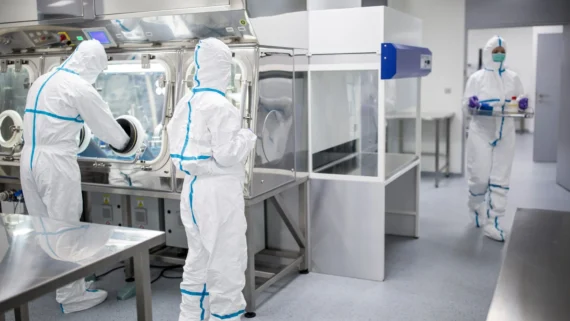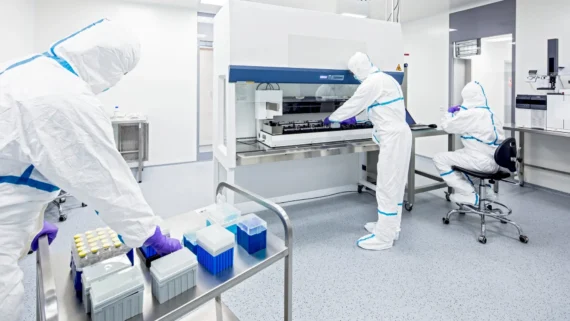- Your cart is empty
- Continue Shopping

AAV-Mediated CRISPR Delivery: Tools, Mechanisms, and Applications
This is an overview of AAV-mediated CRISPR-Cas9 delivery. Learn how AAV tools and mechanisms support in vivo genome editing applications.

Yamanaka successfully produced embryonic stem cell-like cells in 2006 by introducing Oct3/4, Sox2, c-Myc, and KLF4 into somatic cells. He gave these cells the term “induced pluripotent stem cells” (iPSCs) based on their pluripotency. Indeed, iPSCs can differentiate into distinct cell types by being grown in varied culture conditions. iPSCs have demonstrated to have enormous promise, including the capability to address ethical and safety concerns with the use of embryonic stem cells. iPSCs are used in a variety of scientific fields, such as disease modelling and drug discovery, developmental biology, and regenerative medicine. The adoption of CRISPR-Cas9 technology, which enables quick and accurate gene editing of iPSCs, has accelerated and improved these applications.
The main obstacle to obtaining diseased tissue samples for conventional disease modelling applications—exposing patients to dangerous biopsies—is removed by CRISPR-iPSC-based disease modelling. The iPSCs can be treated with a desirable combination of growth factors and culture conditions to differentiate into the designated cell type. With this method, neurodegenerative diseases are accelerated by CRISPR-based techniques that use iPSCs to simulate the whole gene pool of mutations that contribute to the development of a neurodegenerative disease. Thus, genome-edited iPSC-based disease models can be used to generate useful information into the pathophysiology of a disease and its potential drug targets, opening the door to a novel treatment for neurodegenerative diseases such as Alzheimer’s, Parkinson’s, Huntington’s, and Amyotrophic Lateral Sclerosis.

The CRISPR-Cas9 system has the potential to transform developmental biology by allowing researchers to examine with unparalleled insight into the interactions between the activity of the genome and developmental processes like cell division, proliferation, and morphogenesis in a number of animals. Additionally, CRISPR screenings in iPSCs have also been used to investigate neurodevelopmental and degenerative diseases, cell fate specification, and mechanisms of survival of specific cell lineages. For instance, single-cell CRISPR screening has been successfully implemented to identify cell fate regulators during brain development in human neural organoids produced from iPSCs.
iPSCs introduced an innovative development in the field of regenerative medicine by providing a potential unique therapy option to restore damaged tissue. The combination of iPSC and CRISPR-Cas9 technology with tissue engineering techniques has the potential to significantly expand the field of regenerative research. For instance, CRISPR-Cas9 can be used to correct single genetic abnormalities linked to a number of disorders, including HCM and DCM. The corrected genetic mutation cell line is then created using iPSCs. Last but not least, healthy tissue can be created from iPSCs using tissue engineering techniques and then transplanted to patients.
References

Connect With Our Technical Specialist.

Request For A Quotation.

This is an overview of AAV-mediated CRISPR-Cas9 delivery. Learn how AAV tools and mechanisms support in vivo genome editing applications.

The rapid advancement of cell and gene therapies (CGTs) offers transformative potential for treating a myriad of diseases, including various cancers and genetic disorders. However,

The rapid growth of translational applications for mesenchymal stem cells (MSCs) has heightened the need for efficient, scalable production systems. Central to this effort is

Contact our Customer Care, Sales & Scientific Assistance

Consult and asked questions about our products & services

Documentation of Technical & Safety Data Sheet, Guides and more...